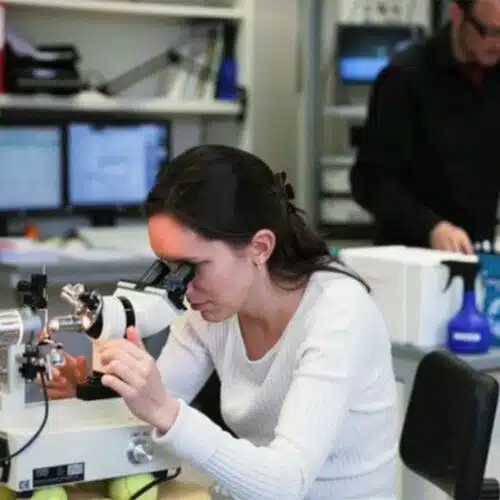“Listen, don’t give me any of that oxycodone garbage. … I’m just going to smoke weed.” Patients to James Feeney, a surgeon in Connecticut
Medical Marijuana and Acute Pain Study – A new study is being conducted by Dr. Fenney out of Saint Francis Hospital and Medical center in Hartford Connecticut. The trial is state funded and will compare opioids and medical marijuana for treating acute pain, (ie a broken bone)
“The big focus from my standpoint is that this is an attempt to end the opioid epidemic,” he says. Overdoses from opioids, killed more than 30,000 people in 2015.
Schedule 1 Status
Marijuana is a Schedule I drug, which makes it very difficult for researchers to study. Scientists first have to apply for a license from the DEA, which can take years and the only available supply for researchers is the government’s marijuana grow facility at the University of Missipipi, which has limited supplies.
Feeney’s research on acute pain is able to get around the issues associated with marijuana’s scheduling. Medical marijuana is legal in the state of Connecticut. Instead of directly supplying the patients with marijuana, a doctor certifies a patient to use marijuana, and the patient then picks it up at a dispensary or pharmacy.
“The strains I have to select from are so pure and so potent that the stuff they get from the University of Mississippi pales in comparison,” says Feeney.
The trial includes 60 patients with rib injuries in total—30 on marijuana, 30 on opioids. Because of the study’s design, patients get to choose whether they use opioids and marijuana to control pain. So far, the hospitals have enrolled a quite a few patients. They’ve all chosen marijuana.
More Studies
Dan Clauw, who runs the pain lab at the University of Michigan, and his colleagues published a survey of patients who started using medical marijuana to alleviate pain. They cut their previous opioid use by two-thirds.
“They felt a lot better when their pain was being controlled by cannabis rather opioids because opioids have a lot of side effects,” he says. “Those side effects include dizziness, constipation, sexual dysfunction and—in the case of overdoses—breathing problems. That’s because opioids receptors are also in the brainstem, the part of the brain that regulates breathing. Marijuana acts on a different set of receptors.”


